Creatine is one of the most researched supplements in sports and fitness, praised for its ability to boost performance and aid recovery. Here's everything you need to know to use creatine effectively and safely:
When to Take Creatine
Timing is flexible. Some research suggests slight benefits to taking creatine post-workout, but the most important factor is consistency. Choose a time that works for you and stick with it—whether pre-workout, post-workout, or at another consistent daily interval.
How Much to Take
Loading Phase (Optional): 20 grams daily (split into 4 doses of 5 grams each) for 5–7 days to saturate your muscles more quickly.
Maintenance Phase: 3–5 grams per day is sufficient to maintain muscle creatine stores. You can skip the loading phase and start with 3–5 grams daily, but it may take longer to reach full saturation.
Best Form to Take
Creatine monohydrate is the gold standard. It is affordable, well-studied, and effective. Other forms, like micronized creatine or creatine hydrochloride, may reduce bloating or improve absorption but offer no major advantages over monohydrate.
Frequency of Use
Daily supplementation is ideal during high-intensity training periods. If you're in a maintenance phase or taking a break from intense training, you can reduce or pause supplementation.
Benefits
Increased Strength and Muscle Mass: Creatine improves the production of ATP, the energy source for high-intensity exercise, enhancing strength and endurance over time.
Improved Recovery: It helps replenish muscle glycogen and phosphocreatine stores, reducing fatigue and aiding recovery.
Cognitive Benefits: Some studies suggest creatine may support brain health, memory, and mental fatigue.
Injury Prevention and Rehab: Creatine may reduce the risk of injury and support recovery during rehabilitation.
Side Effects
Creatine is generally safe when used as directed. Common concerns, such as kidney damage, are unsubstantiated in healthy individuals. Possible mild effects include water retention, bloating, or digestive discomfort, especially during the loading phase. Staying hydrated can help mitigate these effects.
Key Tips for Use
Purity Matters: Choose creatine monohydrate products tested by third-party organizations like NSF or Informed Choice to ensure quality and safety.
Hydration: Adequate water intake is crucial when using creatine to prevent cramping and maximize its effectiveness.
Not Year-Round: Creatine isn’t necessary 365 days a year. Tailor supplementation to your training cycles.
Creatine is a proven tool for improving performance and supporting overall health. Whether you’re an athlete or someone looking to gain muscle, it’s an excellent addition to your routine when used responsibly.
Sources:
Cleveland Clinic (health.clevelandclinic.org)
MyProtein (us.myprotein.com)
Journal of the International Society of Sports Nutrition (jissn.biomedcentral.com)
Examine.com
National Institutes of Health (nih.gov)


